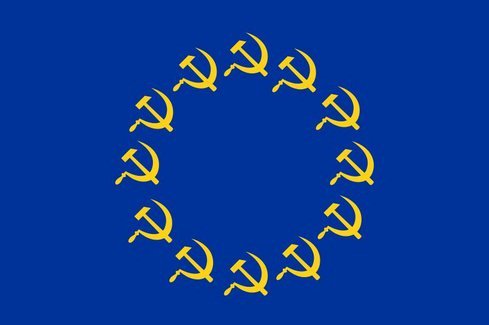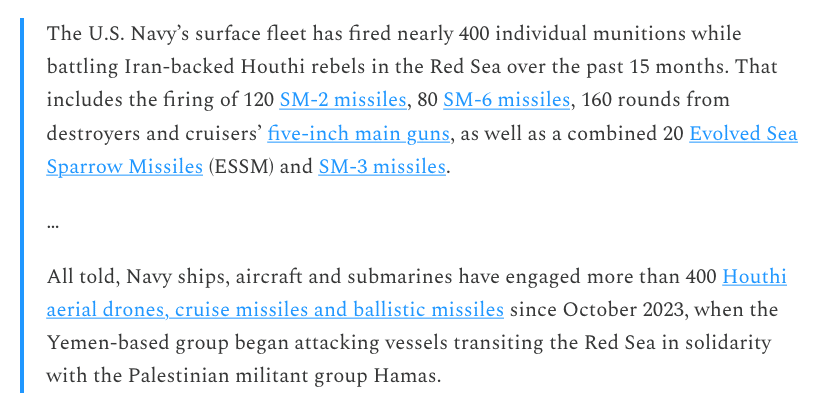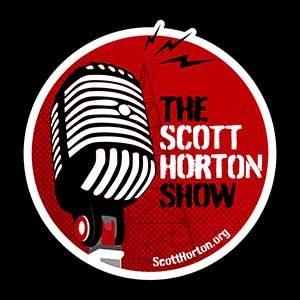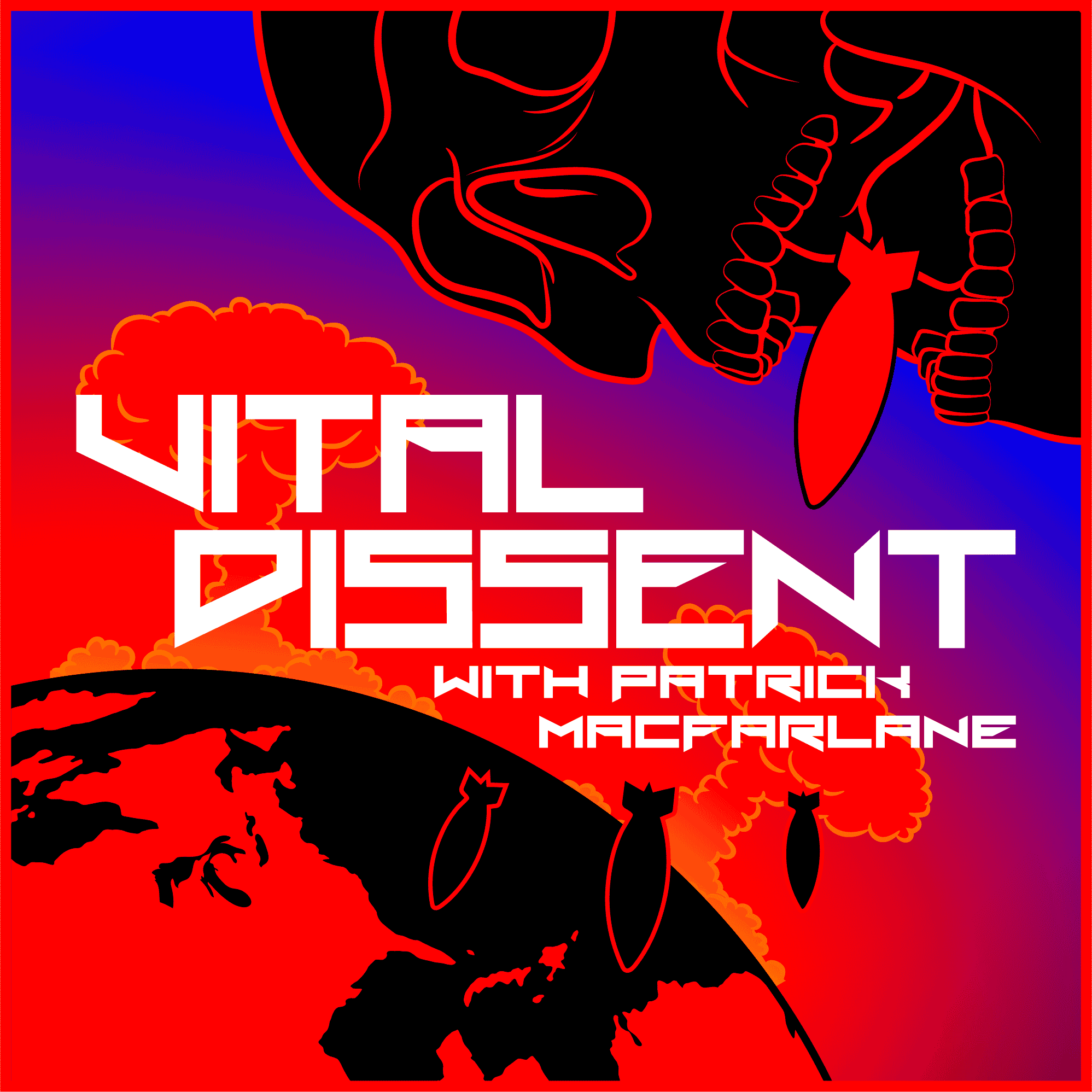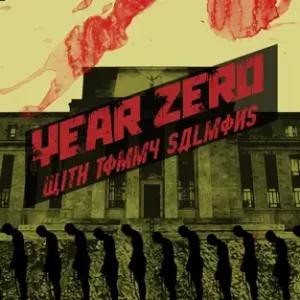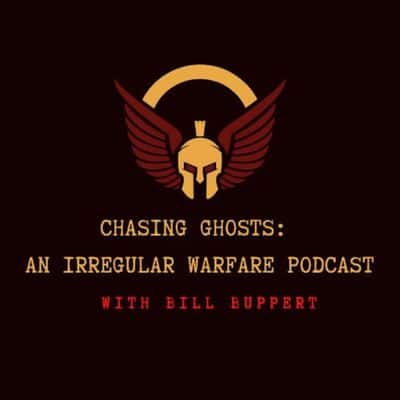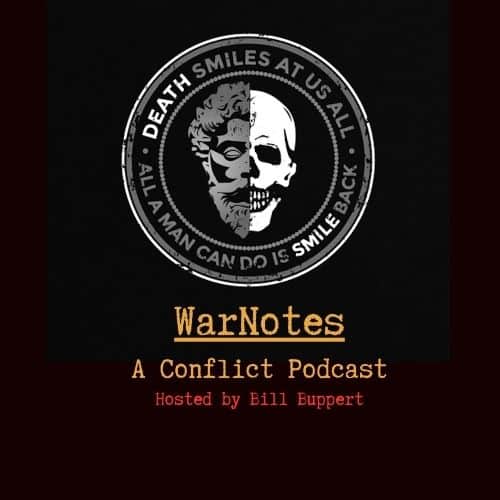The Supreme Soviet in Brussels imposes ruinous costs on energy and consumers.
The European Union requires vassal states to levy a minimum excise duty of €0.359 per liter ($1.47 per gallon) on gasoline.
EU industries pay power prices 2-3 times higher than those in the U.S. Taxes made up, on average, 23% of the retail electricity price paid by Europe’s energy-intensive firms in 2023.
Netherlands gas tax is highest at $3.23 per gallon.
UK diesel tax is highest at $2.56 per gallon.
Furthermore, EU law requires a standard value added tax (VAT) rate of at least 15% to apply to most goods and services. Member States may also apply up to two reduced rates as low as 5%, one super-reduced rate lower than 5% and one zero rate to a limited set of goods and services taken from an agreed list.
The EU countries with the highest standard VAT rates are Hungary (27 percent), Croatia, Denmark, and Sweden (all at 25 percent). Luxembourg levies the lowest standard VAT rate at 17 percent, followed by Malta (18 percent), Cyprus, Germany, and Romania (all at 19 percent).
The EU’s average standard VAT rate is 21.6 percent, more than six percentage points higher than the minimum standard VAT rate required by EU regulation.
The VAT is always a Ponzi scheme that taxes the consumer the hardest:
Every business along the “value” chain receives a tax credit for the VAT already paid.
The end consumer does not, making it a tax on final consumption.
Write me at cgpodcast@pm.me

